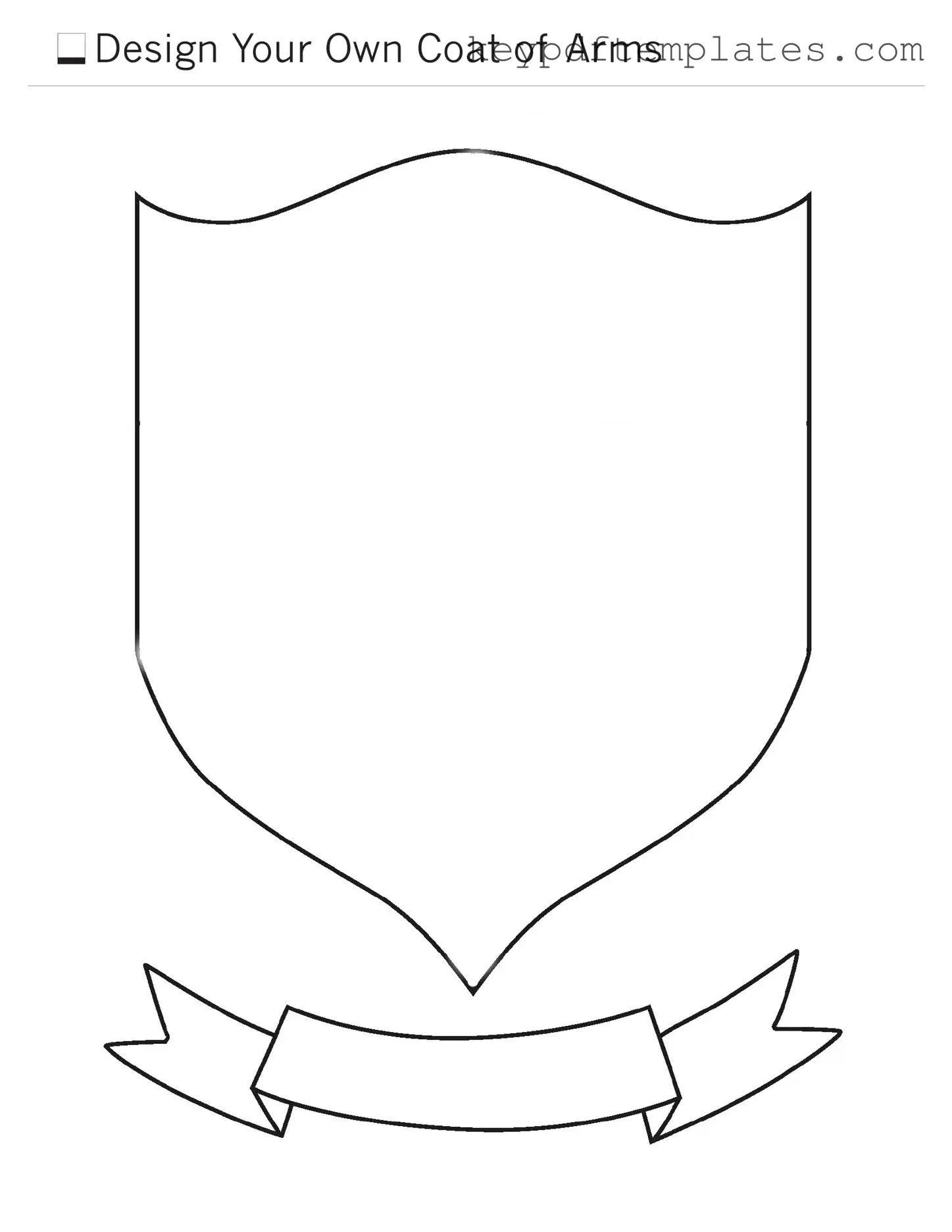Get Coat Of Arms Form
The Coat Of Arms form is a legal document used to request the creation or alteration of a coat of arms, which symbolizes a person, family, or organization. This form serves as a formal application to ensure that the heraldic design is recognized and protected. Understanding the process behind this form can help individuals navigate the often intricate world of heraldry.
Modify Document Online
